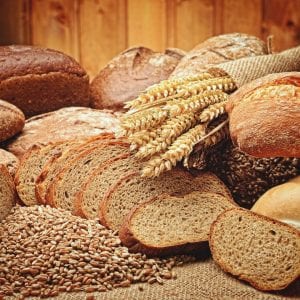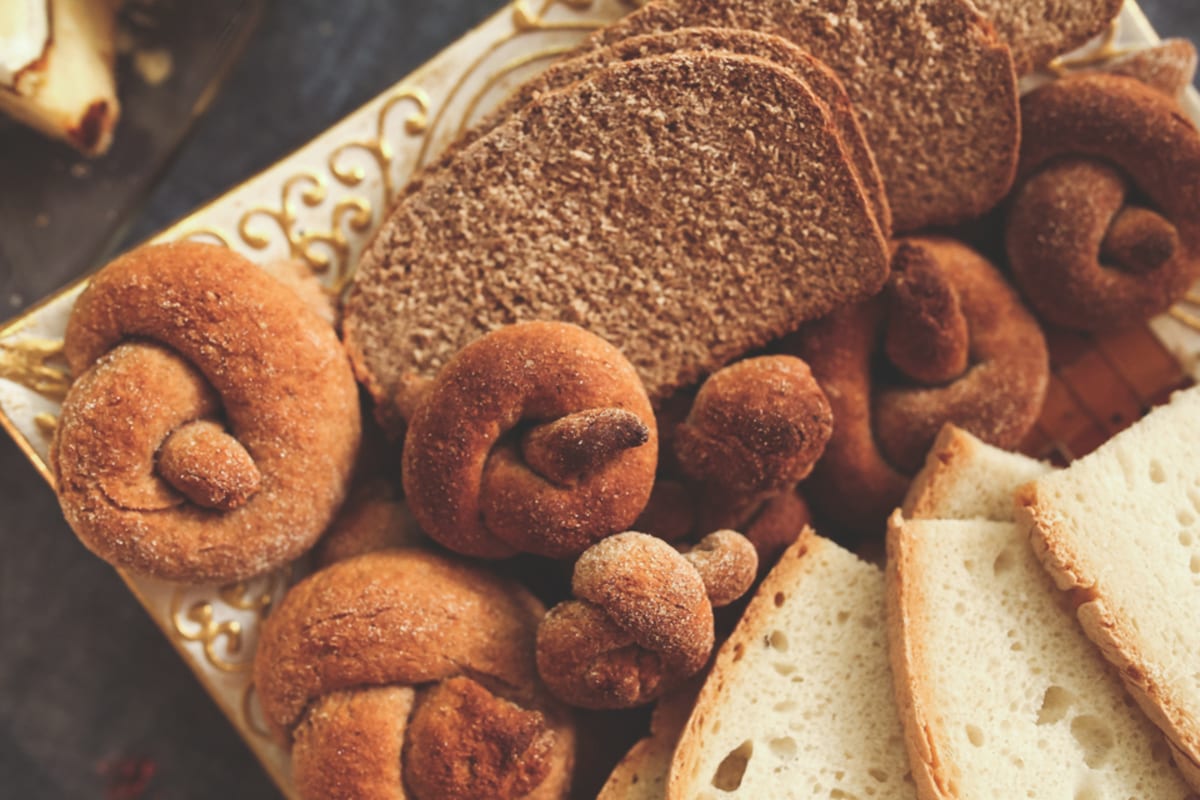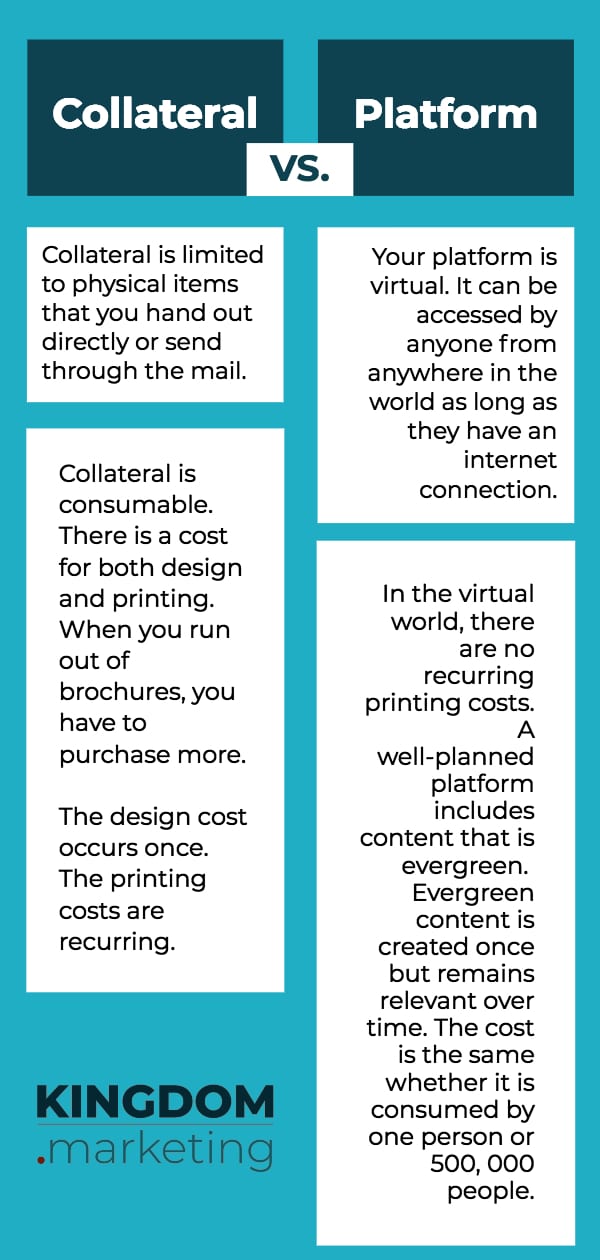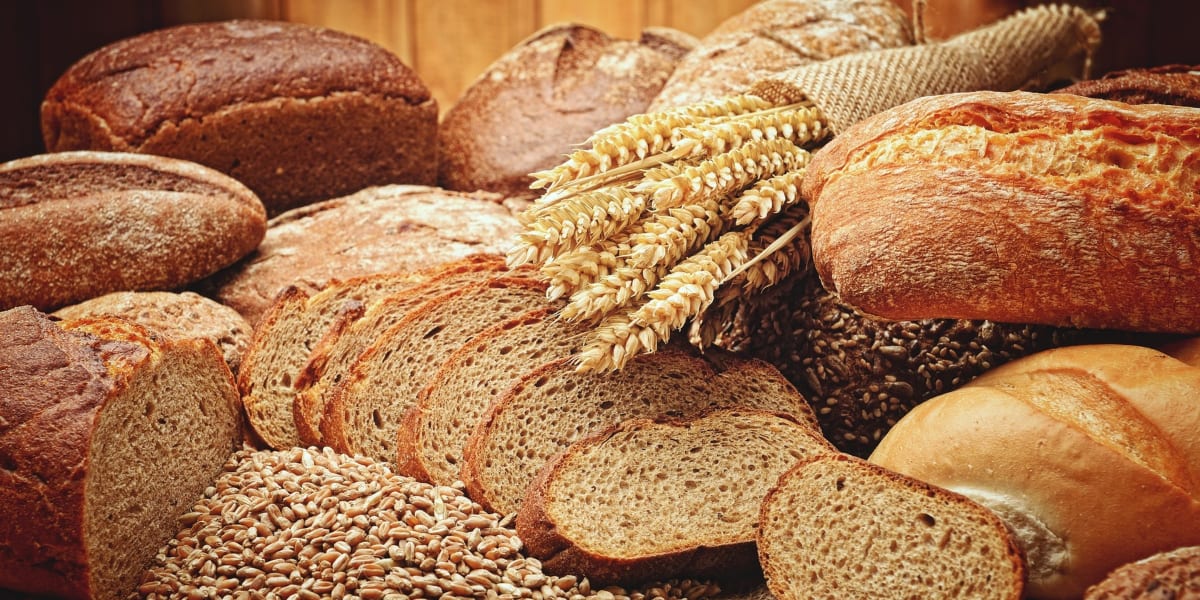Digital Marketing is like baking bread at 9,000 feet above sea level.
The basic ingredients are the same as baking bread at 876 feet, but the recipe needs to be adjusted.
How do I know? Let me tell you a story.
Like every ‘good’ homeschooling mom in the 90s, I baked all of our bread from scratch. And when I say from scratch, I really mean from scratch. I took a basic recipe and made it my own.
When we lived in Indiana, elevation 876 feet, my baking process looked like this:
The Ingredients for delicious whole wheat bread
- Chemical-free Prairie Gold wheat. (In grain form – not flour.)

- Redmond Real Salt.
- Farm fresh eggs.
- Local honey.
- Water.
- Yeast.
- Love.
The Tools
- WhisperMill to grind the grain into flour.
- Bosch mixer.
- Experience.
- Patience.
- Oven.
The Process
- Pour warm water into mixer bowl. Add egg, honey, salt and yeast.
- Grind the wheat.
- Add 1/3 of the flour to the mixer bowl. Place cover on bowl to prevent splashes.
- Mix at high speed until blended. Turn off mixer. Remove center portion of cover.
- Turn mixer to low speed and gradually add flour one cup at a time until dough forms a ball and cleans the sides of the bowl.
- Set timer for six minutes.
- Turn on oven, set temperature at 200 degrees.
- While the mixer kneads the dough, prepare the loaf pans or baking sheets.
- After six minutes, turn off oven. Remove dough from mixer.
- Shape dough as desired. Cover with clean towel. Let rise for about sixty minutes in warm oven.
- Remove from oven once dough has doubled in size. Preheat oven to 350 degrees.
- Bake.
- Remove from pans. Cool slightly.
- Eat.
The Routine
I baked bread regularly for more than Twenty Years.
With seven ingredients – yes, love is an ingredient! – and a few tools, I created something that provided sustenance for my family.
But it was more than mere sustenance.

The Result
- Six soft, beautiful loaves of fresh bread.
- Or pocket sandwiches filled with tuna salad.
- Or dough twisted into knots to make rolls.
- Or sausage garlic cheese bread.
- Or Cinnamon Bread loaves.
- Or Cinnamon Rolls.
- Or Pizza Dough.
- Satisfaction.
- Laughter.
- Comfort.
- Smiles.
- Joy.
Until I decided that we were going to stop eating gluten. Baking was very different once my kitchen became gluten-free. But that’s a different story.
Let’s fast forward three years or so.
Baking bread at 9,000 feet above sea level.
Gluten is back on the menu, boys!
- Same ingredients.
- Same tools – although I had to borrow a grain mill because I had sold mine.
- Same process.
- Result? Not the same!
At this altitude, the loaves collapsed while baking. The middle was dense and gooey, even after baking long enough to burn the crust. My brave family still ate it – “bread is bread” after all. But … yuck!
What happened?
I was an Expert bread baker in Indiana. I could practically bake bread with my eyes closed.
But the results were less-than-beautiful when I baked bread in Colorado, elevation 8, 672 feet.
Learning to adapt.
I confess, we haven’t baked enough at this altitude to have perfected fresh-baked whole wheat bread. (I say ‘we’ because my daughter now does most of the baking. I’m usually just the consultant.)
Focaccia bread turns out fairly well. As do cookies or muffins. But loaves of bread? Not Yet.
Baking at high altitudes.
I’ve purchased books and read lots of blog posts to find out how to adjust recipes for baking at high altitudes.
- Add more liquid – often an extra egg will do the trick.
- Bake at a hotter temperature – increase by 25 degrees F.
- Decrease baking time.
I know what changes we need to make, now we need practice. Lots of practice.
That practice will lead to experience.
And eventually, we’ll again bake delicious, beautiful fresh-baked bread.
How is Digital Marketing like baking bread at 9,000 feet?
The basic ingredients are the same as traditional marketing. But you have to make adjustments.
One significant difference between Traditional Marketing and Digital Marketing is identified by Sonia Simone, at Copyblogger.com.
Back when I worked in the corporate world, our organization, like many, had a great, big invisible wall between marketing and sales.
The marketers crafted messages, thought about fonts and brand colors, produced beautiful brochures and websites, and figured out new ways to get people to know our company existed. The end result of this work and money were “leads” — folks who might buy our product.
The salespeople, a golden, confident team, took those leads and turned them into customers.
A digital marketer (at least for small businesses) is responsible for both Marketing and Sales!
Let’s take a closer look at the ingredients.
The Basic Ingredients of Traditional Marketing:
- branding: colors, fonts, logo, tagline
- attractive graphics and images
- customer identification
- brand awareness
- brand collateral
- advertising
- story
Many ingredients stay the same for digital marketing, but there are a few additional ingredients and some adjustments that need to be made.
The Basic Ingredients of Digital Marketing:
- branding: colors, fonts, logo, tagline
- attractive graphics and images
- customer identification
- brand awareness
brand collateralonline platform
- product sales
- advertising
- story
- website
- email communication
As you can see by comparing the two lists, most of the ingredients are the same. But if you want to optimize your online efforts, you’ll need to add some ingredients and adapt where necessary.
Brand Collateral vs. Online Platform
Wikipedia provides the following definition for ‘marketing collateral’:
In marketing and sales, marketing collateral is sometimes considered the collection of media used to support the sales of a product or service. Historically, the term “collateral” specifically referred to brochures or sell sheets developed as sales support tools. These sales aids are intended to make the sales effort easier and more effective.
Michael Hyatt has invented a new definition for the word ‘Platform’. Historically, a platform is what you stand on in order to be heard. In theater, it’s called a stage. Here is Michael’s definition of ‘Platform’:
Your platform is the means by which you connect with your existing and potential fans. It might include your company website, a blog, your Twitter and Facebook accounts, an online video show, or a podcast. It may also include your personal appearances as a public speaker, musician, or entertainer. It might even include traditional media such as a newspaper column, magazine articles, or radio show. It most likely will include a combination of all these items.
In what ways are ‘collateral’ and ‘platform’ the same?
- both are a collection of media to support the sales of a product or service
- both are intended to make the sales effort easier and more effective
- both use the same graphics and images
How are they different?

Four components of successful Digital Marketing that are absent from Traditional Marketing
- Content Marketing
This is the term used for publishing content to your platform. A consistent publishing schedule is crucial for growing your audience. - Product Sales
Moving a potential customer from brand awareness to product purchase is part of the customer journey. Begin with the end in mind for optimal success. - Website
Your website is your home base. It’s where you direct all of your online traffic. - Email Communication
This is a key vehicle for reaching your audience. It is part of a good content marketing strategy, but important enough to be identified separately.
Adapting your marketing recipe
Just as I need to adapt my bread recipe (and techniques) to be successful baking at a higher elevation, you may need to adapt your marketing recipe for the different environment online.
Do you know how to adapt traditional marketing techniques so they produce the desired results online?
Do you understand why it’s so important for your website to be your home base?
Do you know why social media channels alone don’t guarantee that anyone will hear your message?
If not, please register for our free online workshop. Consider it a quick-start guide to your digital marketing journey.
To learn more about Digital Marketing:
- Register for our upcoming free video workshop, “3 Keys to Unlocking Exponential Growth Online for your Ministry or Business” at ExpandYourReach.online. Each segment of the workshop will demonstrate one of the three key principles of Kingdom Marketing.
- Subscribe to this blog! Do it now so you don’t miss any future posts.
And finally – you are blessed to be a blessing. You can further the Kingdom by reaching people online. Stay tuned and we’ll show you how.

